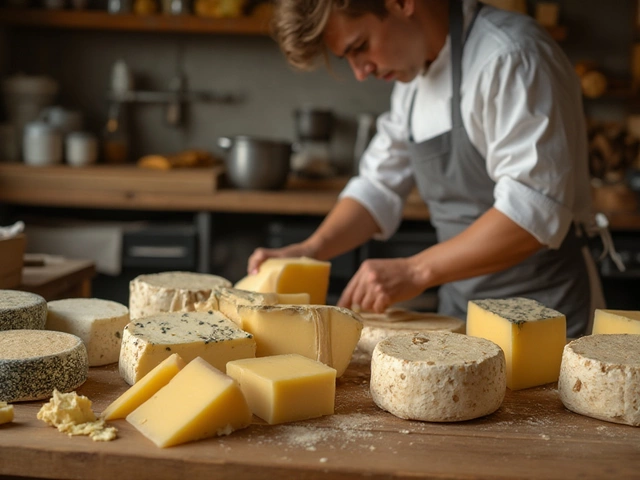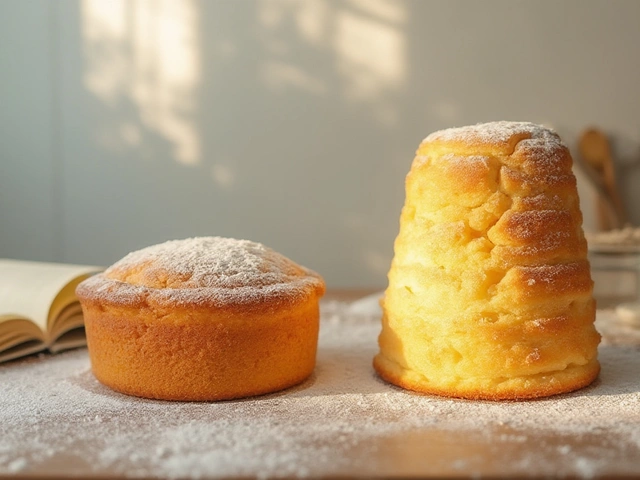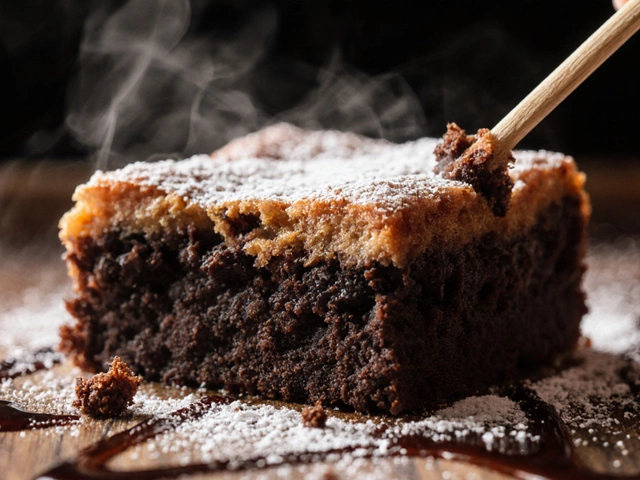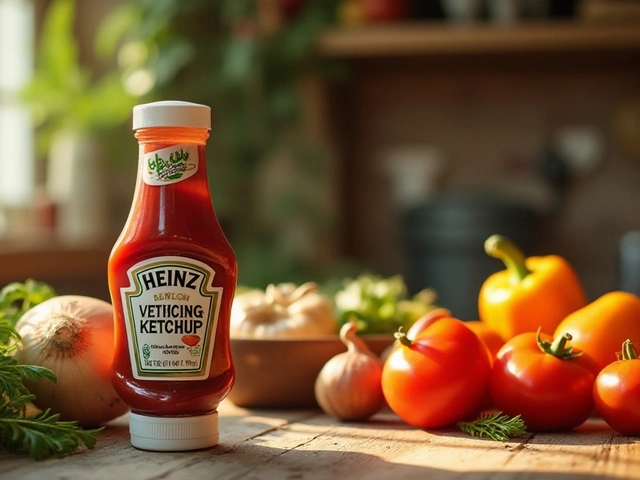Eggless Cheesecake Recipes and Tips – No Eggs, All Flavor
If you think you need eggs to make a creamy cheesecake, think again. You can get the same smooth, rich bite using just a few pantry staples. This guide shows you the basics, common pitfalls, and fun twists, so you can whip up a cheesecake that anyone will love – even the egg‑loving crowd.
Basic Eggless Cheesecake Base
The secret to a good eggless cheesecake is the right balance of cream cheese, a thickening agent, and a little acidity. Start with 400 g of full‑fat cream cheese, let it soften at room temperature, then blend it with 100 g of sour cream or Greek yogurt. The yogurt adds moisture and a subtle tang that replaces the lift eggs normally give.
For thickening, use 2 tablespoons of cornstarch or flour. Mix it into the cheese blend before adding any liquid – that prevents lumps and gives the cake structure when it bakes. Sweeten with 120 g of caster sugar, and stir in a teaspoon of vanilla extract for depth.
Next, choose a crust. A simple graham‑cracker base works great: crush 150 g of crackers, mix with 50 g melted butter and a pinch of salt, then press into the bottom of a spring‑form pan. Bake the crust at 180 °C for 8‑10 minutes, let it cool, and pour the cheese mixture over it.
Bake the cheesecake in a water bath at 150 °C for 45‑55 minutes. The water bath keeps the temperature even and stops the top from cracking. When the center is just barely set – it should still jiggle a little – turn the oven off and let the cake sit for another 30 minutes before cooling completely in the fridge. This gradual cooling is what makes the texture silky.
Creative Variations and Finishing Touches
Once you master the base, the possibilities are endless. Blend in 100 g of pureed fruit (like strawberry or mango) for a natural flavor boost, or swirl in 2 tablespoons of caramel or chocolate sauce right before the cake sets. For a richer feel, substitute half the cream cheese with mascarpone – it adds a buttery note without needing eggs.
If you want a fully plant‑based version, swap the dairy cheese for a blend of soaked cashews, coconut cream, and a little lemon juice. The cornstarch still does the heavy lifting, and the result is just as creamy.
Top your cheesecake with fresh berries, a drizzle of honey, or a dusting of cocoa powder. Store leftovers in an airtight container; they stay fresh for up to five days and even taste better after a night’s rest as the flavors meld.
Common mistakes to avoid: over‑mixing the batter (which can trap air and cause cracks), using low‑fat cheese (it makes the cake dry), and skipping the water bath (you’ll lose that smooth texture). Keep an eye on the oven temperature – every few degrees can change the outcome.
Now you’ve got a solid roadmap for making eggless cheesecake that looks and tastes like the classic version. Grab your ingredients, follow the steps, and experiment with flavors. Your friends will be amazed that there’s no egg in sight, and you’ll have a go‑to dessert for any occasion.
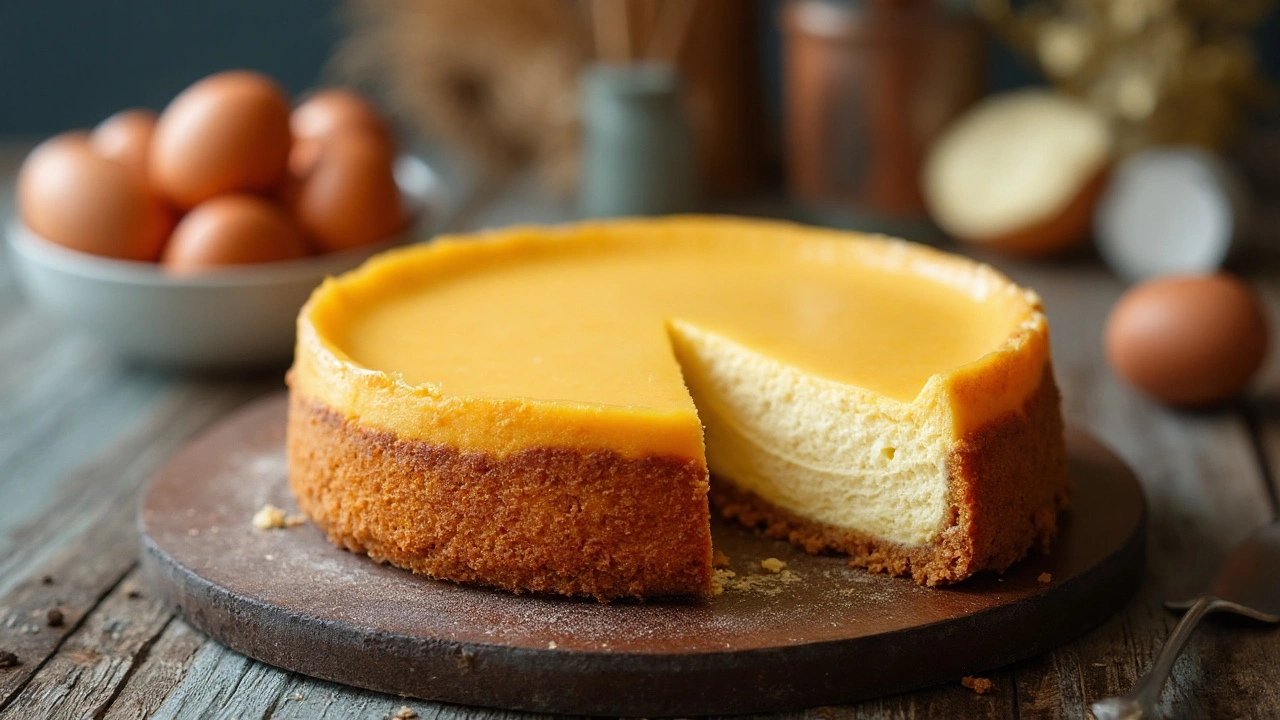
What Happens If You Skip Egg in Cheesecake? Tips for Perfect Eggless Cheesecake
Thinking of skipping the egg in your cheesecake recipe? Learn why eggs matter and how your dessert will change if you leave them out—plus easy fixes.
View More
